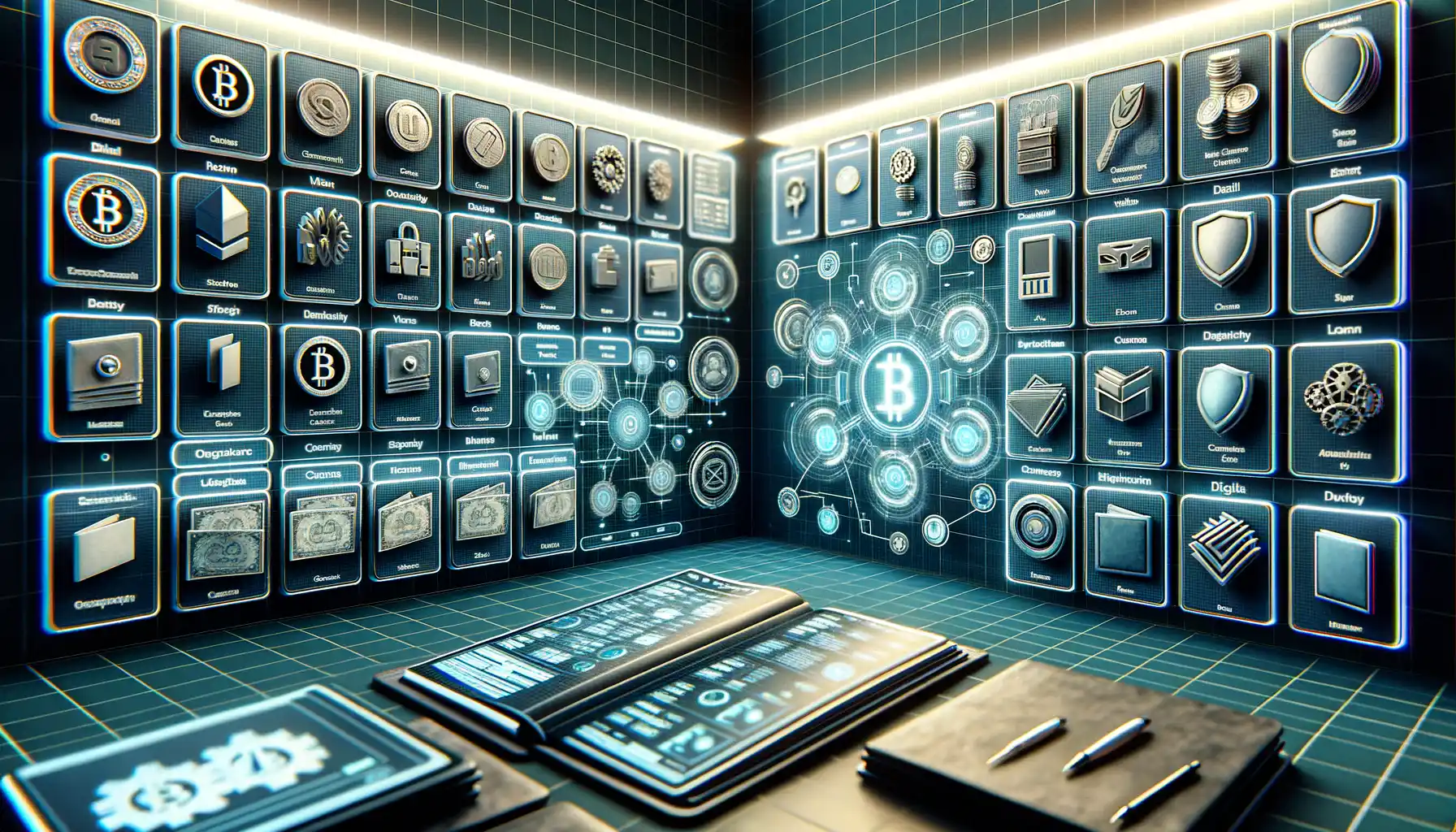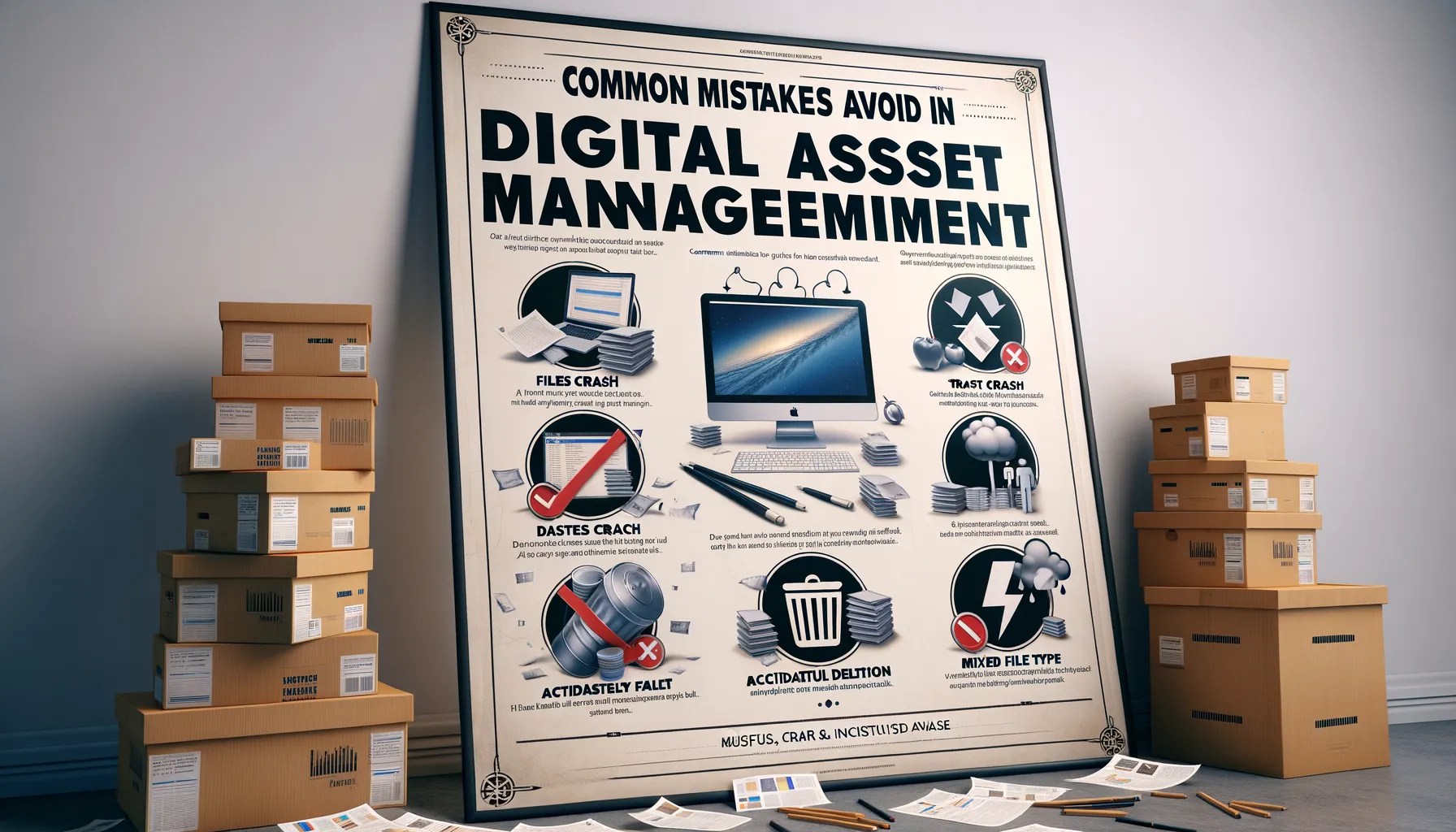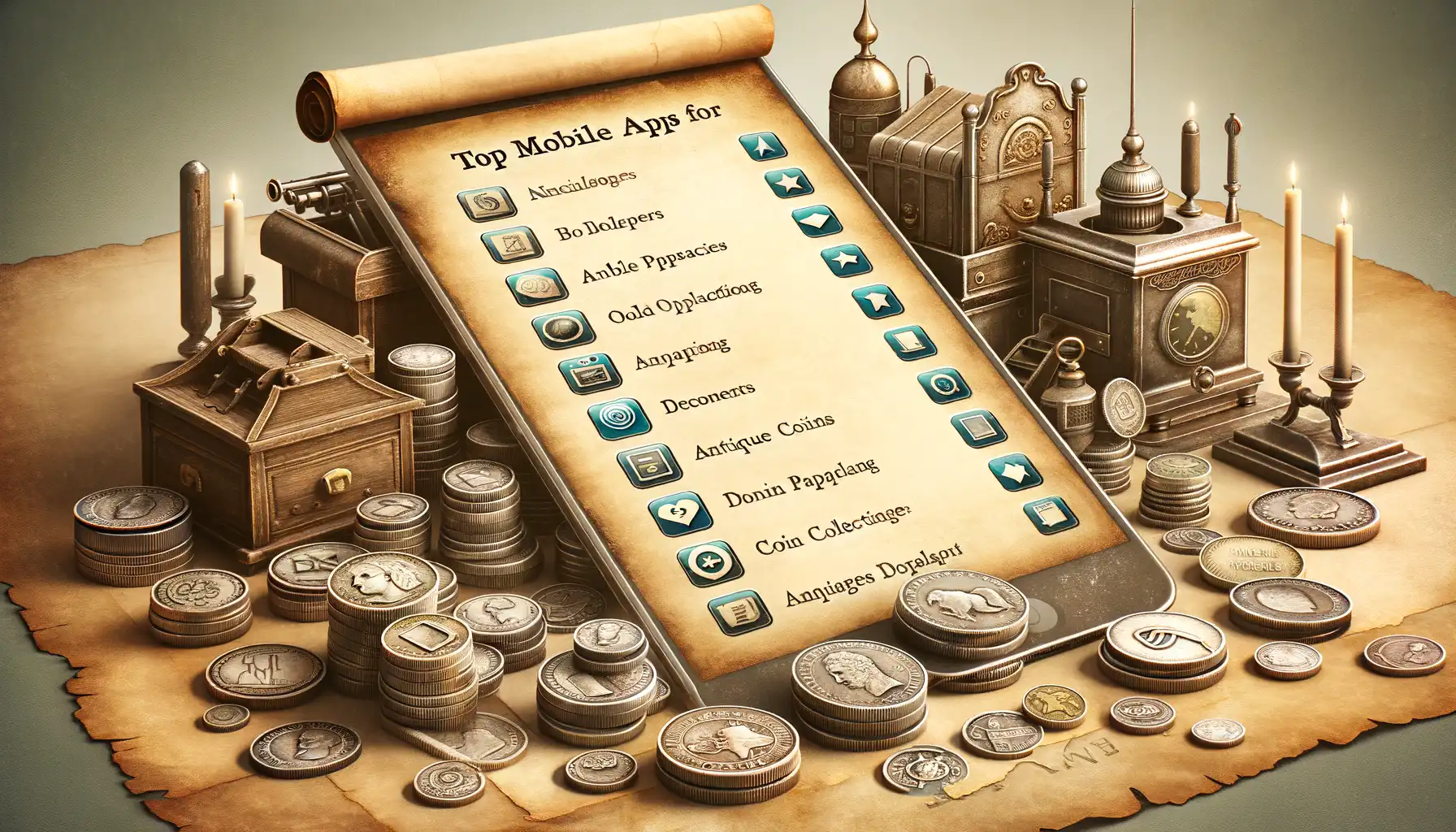Understanding the Importance of Secure Digital Storage
Why Secure Storage Matters More Than You Think
Imagine this: you’ve just acquired a rare, one-of-a-kind digital collectible—something truly special, like a masterpiece of digital art or a sought-after NFT. It holds not only personal meaning but also significant financial value. Now, picture losing access to it overnight because of a weak security setup. Heartbreaking, right?
The truth is, the digital world is full of risks: hackers sniffing out vulnerabilities, phishing scams laying clever traps, and even simple human error. From crypto wallets to cloud storage, every corner of your digital life is a potential target without the proper protections. And here’s the kicker: once something like this is gone, it’s usually gone for good.
Secure storage isn’t just a technical detail—it’s your digital fortress. By fortifying this space, you’re safeguarding your memories, investments, and creativity. Would you leave a priceless heirloom on your front porch? No way! Think of your digital collectibles the same way—they deserve the strongest vault possible.
What Happens When Security Fails?
The consequences of neglecting secure storage can feel catastrophic. Here’s what could go wrong:
- Your NFT or collectible may fall victim to theft, with malicious actors transferring ownership in seconds.
- Accidental deletion or corrupted backups might destroy irreplaceable files forever.
- Storage platforms could crash or face breaches, erasing what you thought was safe.
Once you understand the stakes, putting in the effort to ensure bulletproof digital storage no longer feels optional. It feels essential, doesn’t it? Don’t learn this lesson the hard way—take proactive steps to protect what matters most.
Choosing the Right Wallet for Your Digital Collectibles

Find Your Perfect Match: The Wallet That Fits Your Needs
So, you’re diving into the world of digital collectibles. Congratulations! But do you know what’s equally exciting (and essential)? Finding the *perfect wallet* to store them. Think of it like picking out a home—safe, functional, and something that suits your style.
There’s no one-size-fits-all solution, but here’s what you should ask yourself:
- What am I storing? NFTs? Crypto tokens? Both? Some wallets specialize in one or the other.
- How tech-savvy am I? If you’re starting out, go for user-friendly options like MetaMask or Trust Wallet. For pros, hardware wallets like Ledger add robust layers of security.
- Do I need portability? Mobile wallets keep you connected on the go, while desktop or hardware wallets are better for longer-term storage.
Hot vs. Cold Wallets: What’s the Difference?
Imagine this: A “hot” wallet is like carrying cash in your pocket—super accessible but vulnerable if lost. A “cold” wallet? That’s your money locked safely in a vault. Hot wallets are online, perfect for day-to-day access. Cold wallets, like offline USB devices, offer unmatched security for long-term treasures.
And hey, some collectors even use a mix of both! You could keep frequently traded collectibles in your hot wallet and stash the rare gems in the cold one. Smart, right?
Security Measures to Protect Your Digital Assets

Your Digital Fort Knox: Stay Ahead of Threats
Imagine your digital collectibles as rare treasures—unique, invaluable, and irreplaceable. Just like you’d protect a family heirloom with a state-of-the-art safe, your digital assets deserve no less. Cyber threats are sneaky, relentless, and always evolving, but arming yourself with the right defenses can keep your treasures secure.
First off, start with strong, unique passwords for every account tied to your digital assets. Avoid anything predictable—yes, that means no “1234” or birthdays. Use a **password manager** to create and store these vault-like keys for peace of mind.
Next, enable two-factor authentication (2FA). It’s like having a second lock on your door. Even if someone guesses your password, they’ll need another layer of verification that only you possess.
- Stick to reputable wallets and platforms – shady software can be a hacker’s playground.
- Turn your attention to firewalls and antivirus tools; they’re your cybersecurity bodyguards.
Remember, updating software isn’t just about new features! Those updates patch vulnerabilities, closing doors hackers are eager to pry open.
Mind the Trapdoors: Spot Hidden Risks
Phishing scams? Think of them as digital wolves in sheep’s clothing. Never click on suspicious links, even if they *seem* legitimate. Verified websites are your safest bet when accessing your wallets or trading platforms.
Public Wi-Fi might seem convenient, but it’s a risky gamble—like leaving your front door wide open. If you must connect while out and about, a Virtual Private Network (VPN) encrypts your internet traffic, keeping prying eyes at bay. Your collectibles should never be left vulnerable to coffee shop hackers.
Backup Strategies for Long-Term Storage

Why a Single Backup Is Never Enough
Picture this: your treasured digital collectibles—precious memories, rare NFTs, or valuable cryptocurrency keys—are stored safely, or so you think. Then, out of nowhere, your hard drive fails, a cloud service goes offline, or you lose access to your account. Heart-stopping, isn’t it? That’s why relying on a single backup strategy is like walking a tightrope without a net.
Here’s what you need to do: implement the “3-2-1 rule.”
- 3 copies: Keep three versions of your data—your original and two backups.
- 2 formats: Use at least two different types of storage, such as an external hard drive and a cloud service.
- 1 offsite: Always store one backup in a separate physical location to protect against disasters like fire or theft.
Choosing the Right Tools for Backup
Let’s get specific. For sensitive assets, consider wallets with built-in backup features like a recovery phrase. Pair that with encrypted external drives—think of them as digital safety vaults. And sure, the cloud can be great, but only if it offers end-to-end encryption. Services like Google Drive or Dropbox might not suffice for high-security needs.
Remember, each backup should feel like a “Plan B” you hope you’ll never need—but will be eternally grateful for if the unthinkable happens!
Common Mistakes to Avoid in Digital Asset Management

Overlooking Wallet Compatibility
Imagine buying a sleek new lock for your front door, only to realize it doesn’t fit. That’s exactly what happens when you choose a wallet that isn’t compatible with your specific digital assets. Not all wallets are created equal; some work seamlessly with NFTs, crypto tokens, or other collectibles, while others might leave you frustrated at the gates.
Before jumping in, research whether your chosen wallet can support the exact type of digital treasures you own. This is particularly important with niche blockchain platforms like Tezos or Solana. Trust me, realizing this mismatch after transferring assets is like finding out too late your passport expired before an international trip—chaos.
Neglecting Regular Updates and Maintenance
Even the best security setup needs TLC (Tech Love and Care). One common—yet disastrous—mistake is treating your software like it’s a “set it and forget it” deal. Outdated software is basically leaving the backdoor unlocked for hackers.
Here are just a few ways users fumble:
- Skipping wallet firmware updates because “it’ll take too long.”
- Forgetting to update antivirus programs or anti-malware tools.
- Letting old apps pile up on devices connected to your digital collectibles. Delete them!
Pro tip: Block out time monthly for a quick “digital spring cleaning” to keep everything tidy and safe.







